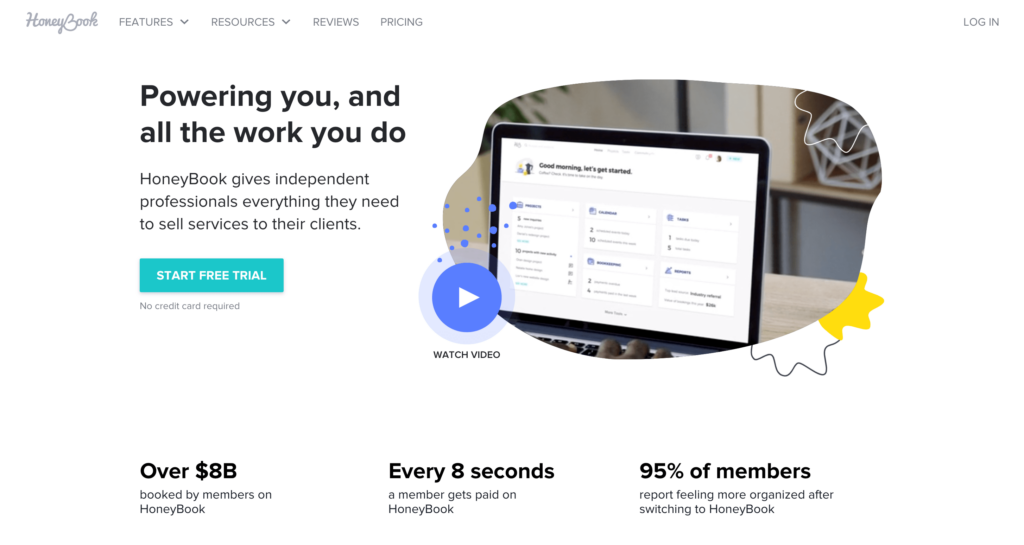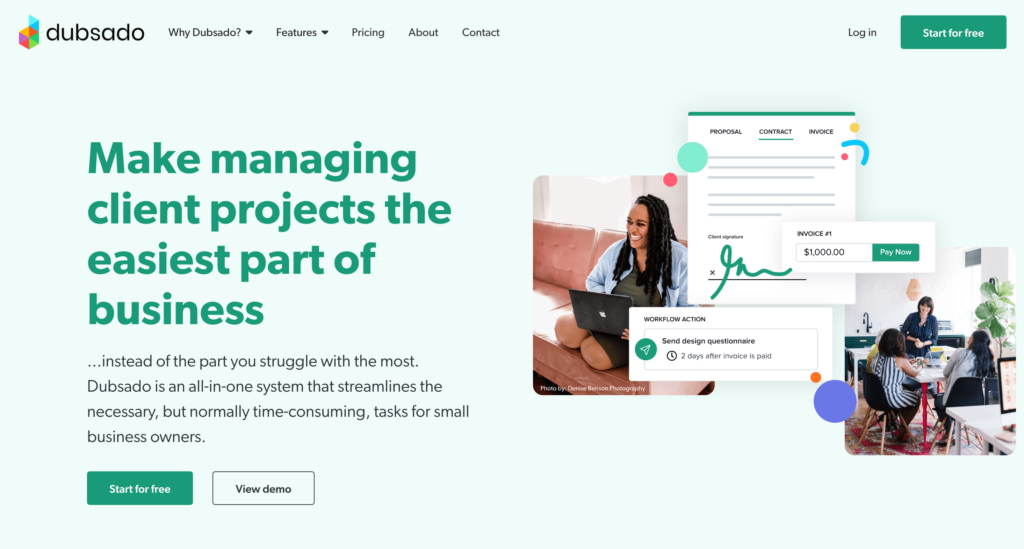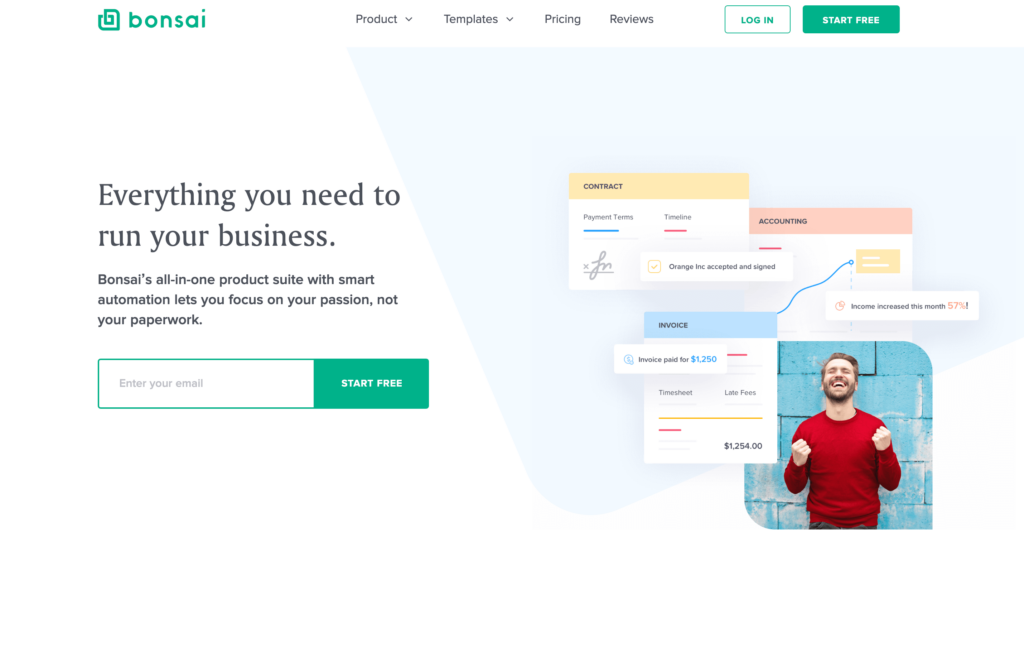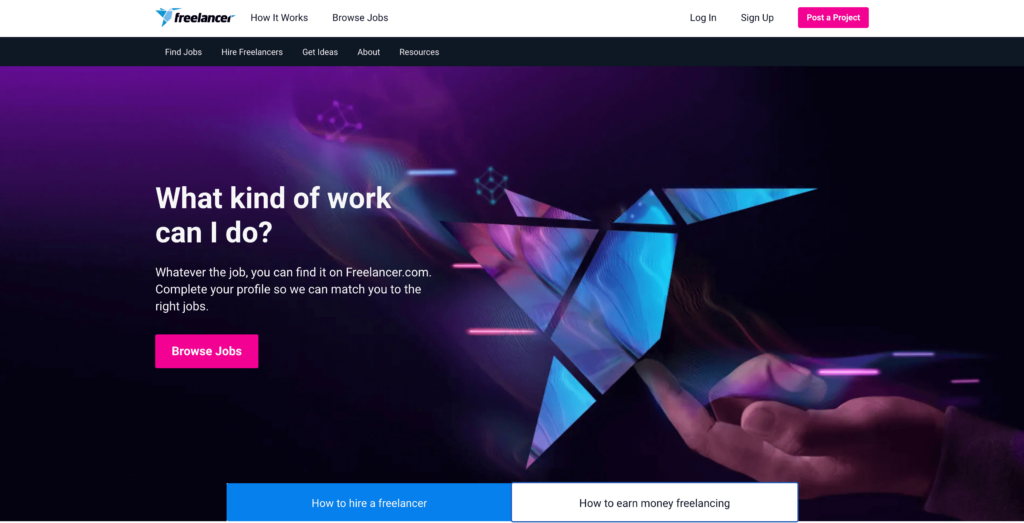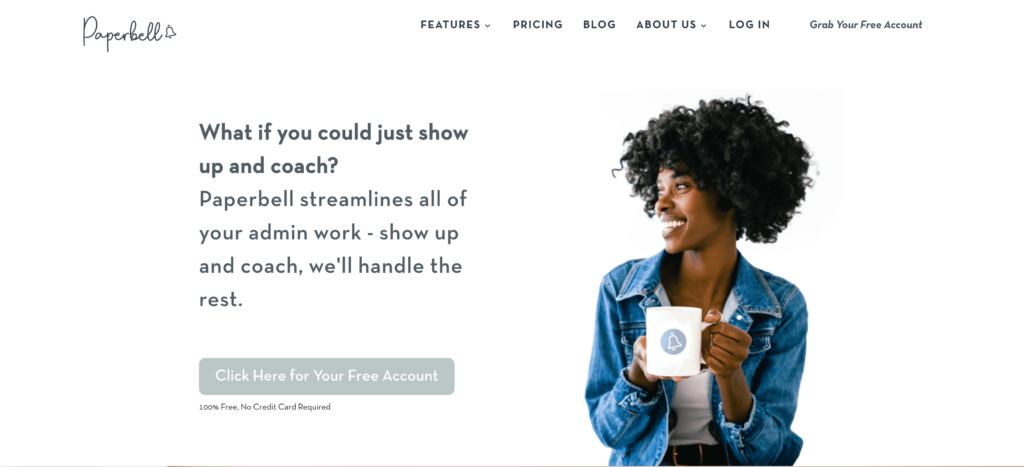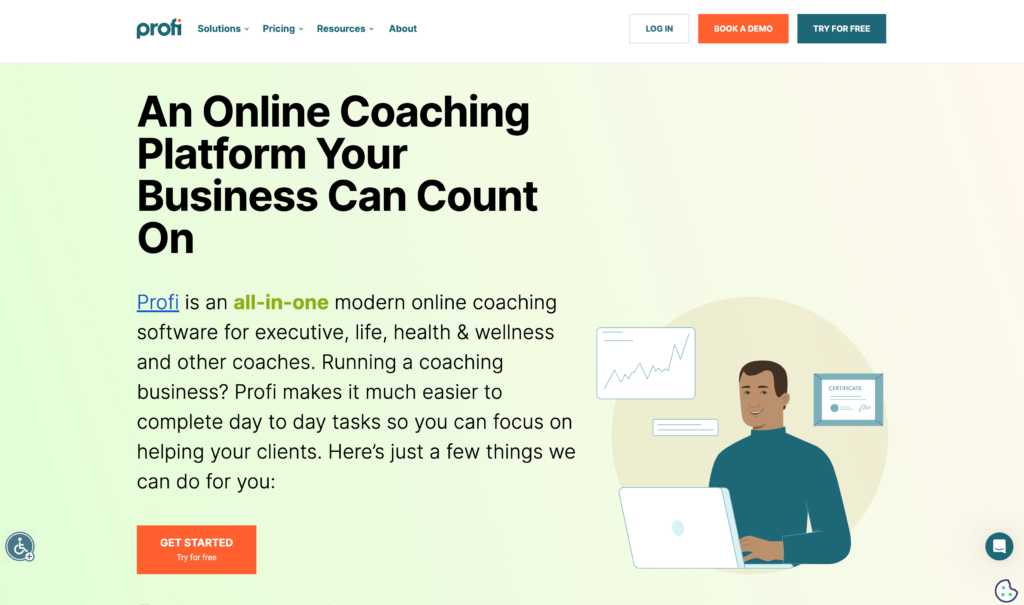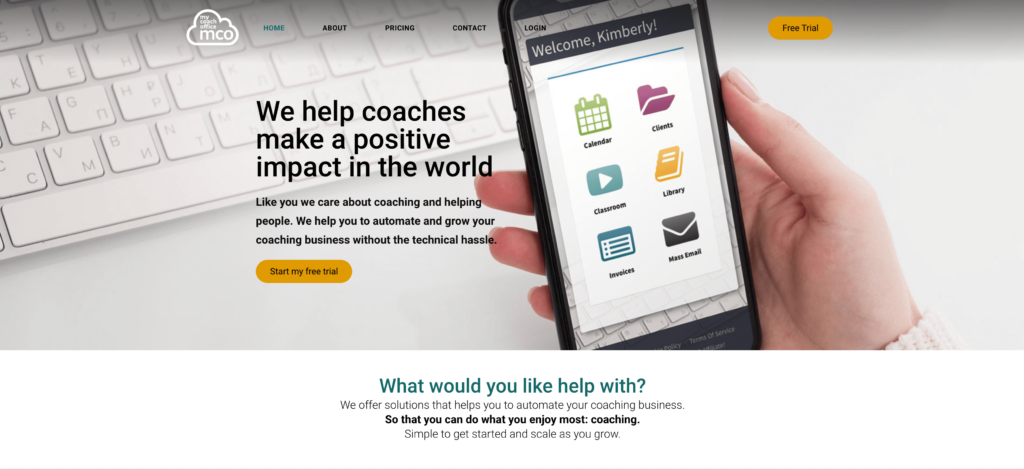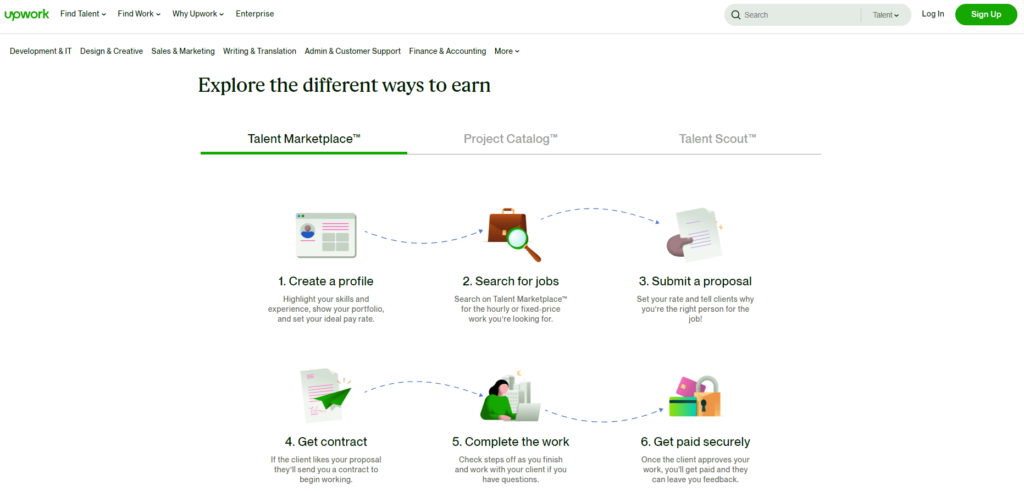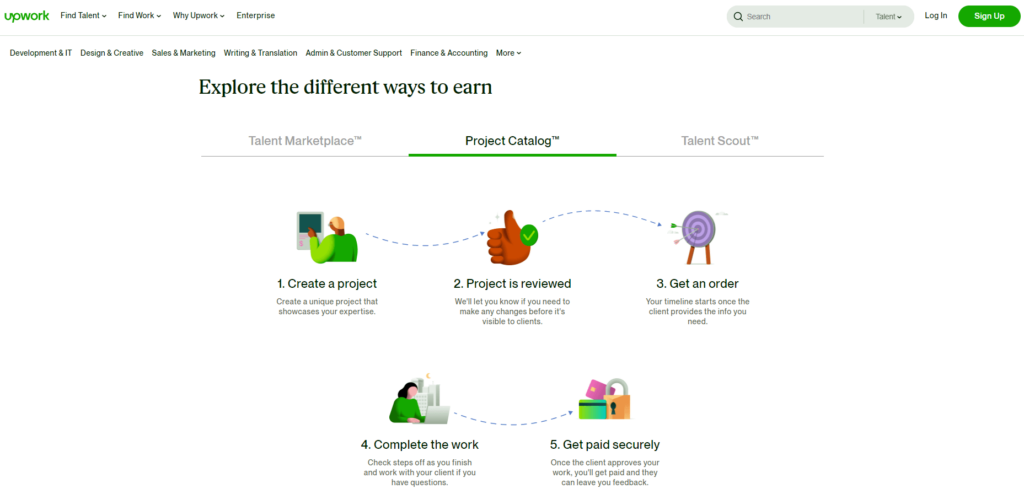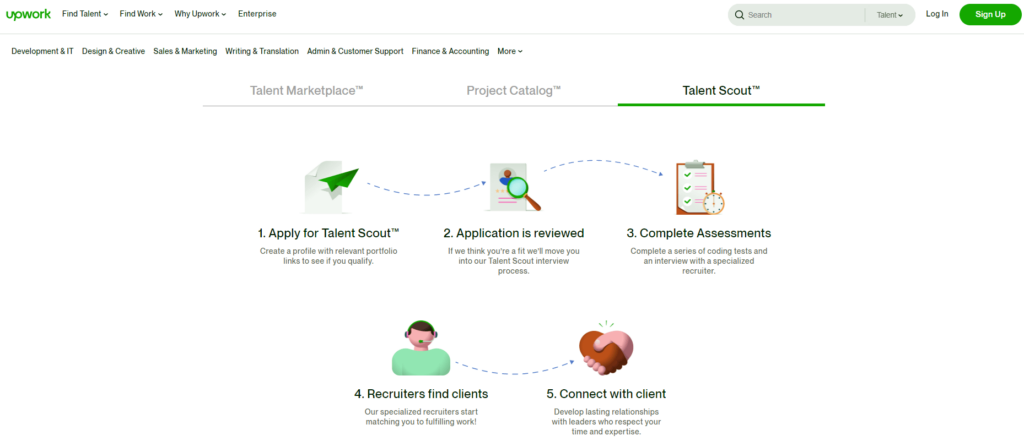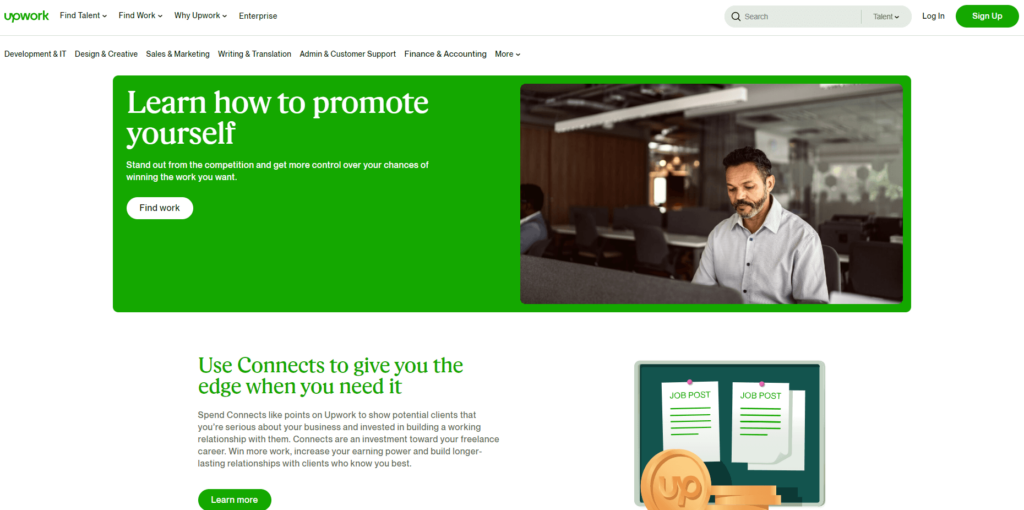Best Freelance Websites to Grow and Find Work
Managing a freelance business is not an easy task. Knowing and using the best freelance websites can really help you run your business efficiently. After all, as a freelancer, you are singlehandedly managing all the aspects of your business—sales and marketing, accounting, and production. So, in order for you to not be overwhelmed with all these responsibilities, it is best to know the tips and tricks for having a stress-free freelancing journey.
Growing as a Freelancer

Corporations usually send their employees to training and seminars for capacity building. Who says you can’t do this as a freelancer as well? Of course, you can! It will actually be better if you continue to enhance your skills and gain more knowledge about freelancing and your industry. If you are just starting, you must also search for ideas to get your new business journey going. You have to remember that there are hundreds, if not thousands, of freelancers who may offer the same products or services as you. So, you must strive to always, always be relevant and on top of your game.
Best Freelance Websites for Growth
With your busy schedule, it is best that you explore online learning platforms and other resources to improve your skills and business. Here are some of the websites you can explore:
1. Clubs, Organizations, and Associations
Joining a club or an organization that is established for your industry is always a good idea. You will be exposed to other professionals, both freelancers and regularly employed. The leaders of the groups are very supportive of members, especially newbies. They help you get to know the other members and keep you in the loop for any updates. Some organizations publish newsletters. Through these newsletters, you get to know what’s happening in your industry. There may be news about policies, strategies, and technology that you can take advantage of.
Most of the websites of these associations or organizations have forums or discussion boards. This is a good way for you to ask and discuss best practices. For sure, there will be members and leaders who have been in your industry much longer than you, and they can even be your mentor! Connecting with other professionals is an excellent way for you to learn more about your industry. Plus, they can even recommend you to their clients! So, search for organizations that are established specifically for your profession and connect with them!
2. Online Learning Platforms

Let’s admit it, trends come and go. So what we know to be effective now may not be the same tomorrow. And this is why we should continue learning about our craft. Thanks to online learning platforms, you can pick the short course you want, pay for it, and attend it without having to leave the comforts of your workplace.
You can also take advantage of the many offerings of online learning platforms to learn a new skill that is relevant to your job. For example, as a photographer, you can take courses on videography so you can expand your business. Or, if you are a virtual assistant, you can learn about basic graphic design so you can have something more to offer to your client.
Online learning platforms have anything and everything an independent worker needs to keep growing. Here are some of the best freelance websites that offer online courses in a variety of different styles:
• Coursera
Online learning portal Coursera provides degree-level courses and certification programs. The site partners with top universities for their degree programs, so you are guaranteed that you are getting a world-class education. Coursera offers certificate courses for specific mastery of skills (specializations) and other short courses.
• Udemy
Another well-known online learning portal is Udemy. Udemy has one of the largest libraries of courses to choose from. There are courses for almost any field. Whether you want to learn business strategies, start a new hobby like arts and crafts and photography, or discover how to work your way around new technologies, Udemy has it. Choosing the best course for you may be a little tricky given that thousands of courses are available!
• Master Class
Master Class is an online portal where you can get tutorials and lectures from specialists in numerous subjects and fields. Tutorials and lectures are usually pre-recorded. Master Class has something extraordinary to offer—some of their classes are taught by celebrities! So, it is not impossible for you to see a Gordon Ramsay cooking class or Stephen Curry doing tutorials for basketball!
3. Other Online Resources

There are other online resources for freelancers like you. You can subscribe to online magazines and publications. Unfortunately, the print industry is nearing extinction, so just go straight to online subscriptions. These publications are very extensive, given that the platform is more flexible. So, expect to see a lot of relevant articles, news, and reviews.
For instance, if you are a photographer, you can subscribe to the “Digital Camera World” online magazine. You can read about experts’ advice and gear reviews. You can even find articles on where to buy photography equipment with great deals and promos.
If you are not so much into reading, you can try listening to podcasts. There are some podcasts that focus on the journey of freelancers, like the “Being Freelance Podcast” and “The Freelance Revolution Podcast.” At least with podcasts, you can listen to them wherever you are. Who knows, they might be talking about problems that you are now facing based on their experiences. At least, you will have an idea of how they handled the situation.
Best Freelance Websites for Opportunities
One of the greatest gifts of technology to freelancers is the development and innovation of online marketplaces. Job boards or job sites have become available to freelancers to post their job offerings and bid for job postings. All you have to do is create a profile. And, of course, you have to be diligent in checking your account to see if a job posting relevant to your profession is available.

Check out some of the best freelance websites where you can find work opportunities:
LinkedIn is one of the biggest job boards around. It is also well-known globally, so you have more opportunities. While LinkedIn is more often used by professionals looking for regular employment (because you can create a LinkedIn profile that is already equivalent to a resume), a lot of clients still browse through the platform to look for freelancers or independent contractors.
• Upwork
Regardless of the type of freelancer you are, Upwork will definitely land you a gig. With its extensive pool of active clients looking for almost all types of talents, you are sure to find a client (or clients will find you). Upwork is one of the more famous job sites for freelancers. So, make sure that you create a killer profile to stand out from the rest.
• Toptal
Here’s what’s unique with Toptal: they are known for having a strict screening process for freelancers and independent contractors. They differ from so many other freelance job sites because of their exclusivity. In effect, their promise of having a pool of only the Top 3% of talents is guaranteed. In other words, a successful registration in Toptal is an achievement in itself.
• Freelancer
Freelancer is another good website for freelancers. One of the top freelance websites to look for job opportunities is Freelancer due to the large range of specialties it covers. No matter what field you are in, Freelancer has it. You can find work with different arrangements too, like project-based gigs or hourly-rate projects.
Social Media: The Jack of All Trades
And of course, let us now underestimate the power of social media. Social media is like a golden ticket to your freelance business success. See how having a professional social media page is beneficial for your business:
- Global Audience. Global audience means global market! If location is not a consideration in delivering your service or product, then imagine just how big your market is with social media.
- Resource Center. Because everything and everybody is on social media, this is a resource haven for you. You can find pages and pages of almost about every topic and issue (worldwide). Just make sure to only subscribe to credible and reliable accounts!
- Groups. There are ultimately millions of groups and chatrooms you can join on social media. There are certainly groups on social media for everything (again, yes, social media has everything).
There is actually no need to discuss further how social media can help you grow and find jobs. Because, yes, and it cannot be stressed enough, you can literally find everything on social media.
Conclusion

In summary, we can say that while freelancing is challenging, it should not be overwhelming at all. There are many solutions for you to make running your business easier. Technology has made sure of that. So now, the best thing for you to do is overcome your limitations and strengthen your abilities. Find a way to grow and always be relevant. It is really expected that you will exert an effort to make your business work, but you do not need to worry, the best freelance websites are available to help you.
Get Organized & Win More Clients
Kosmo has everything you need to run your freelancing business.








